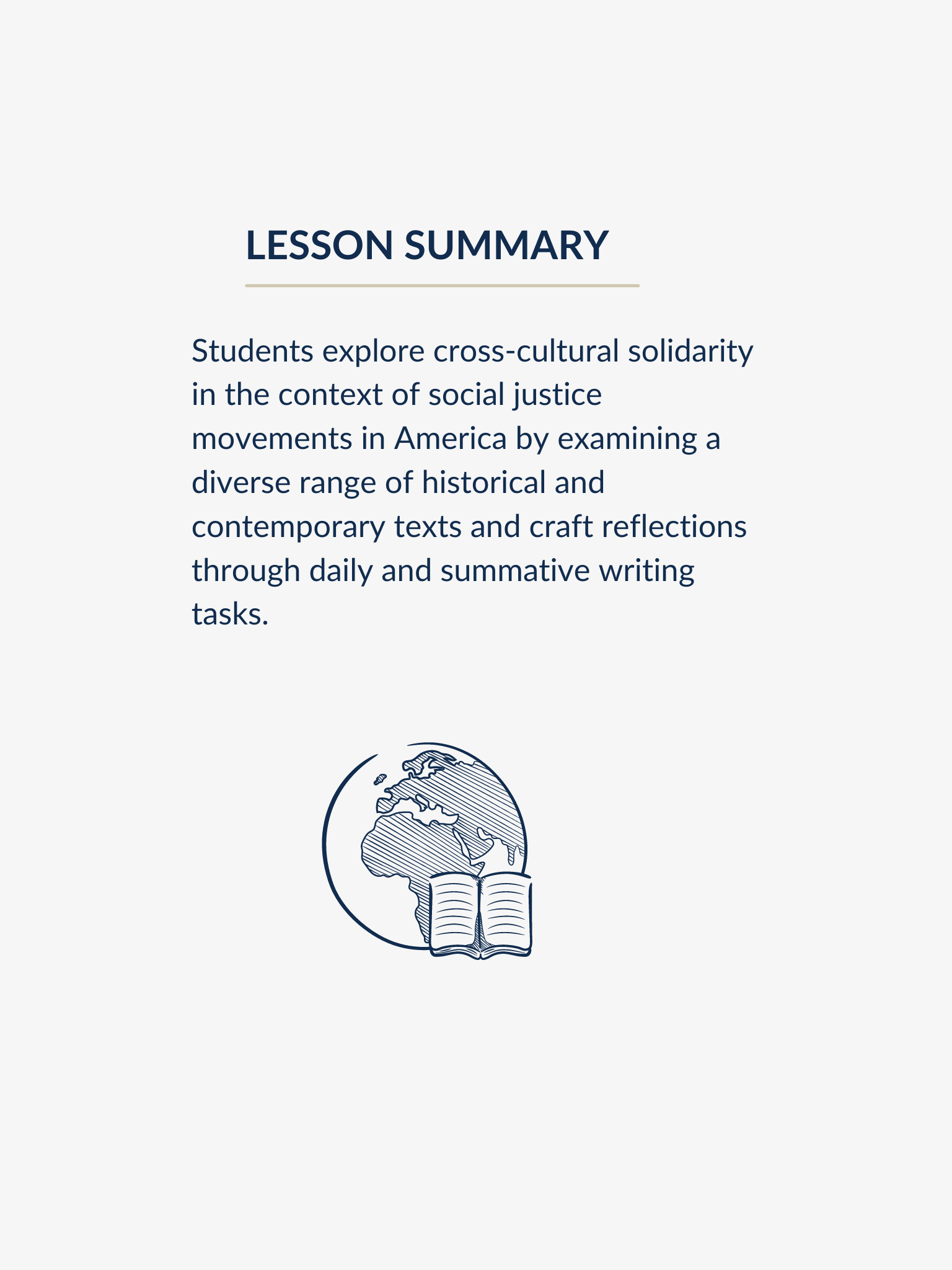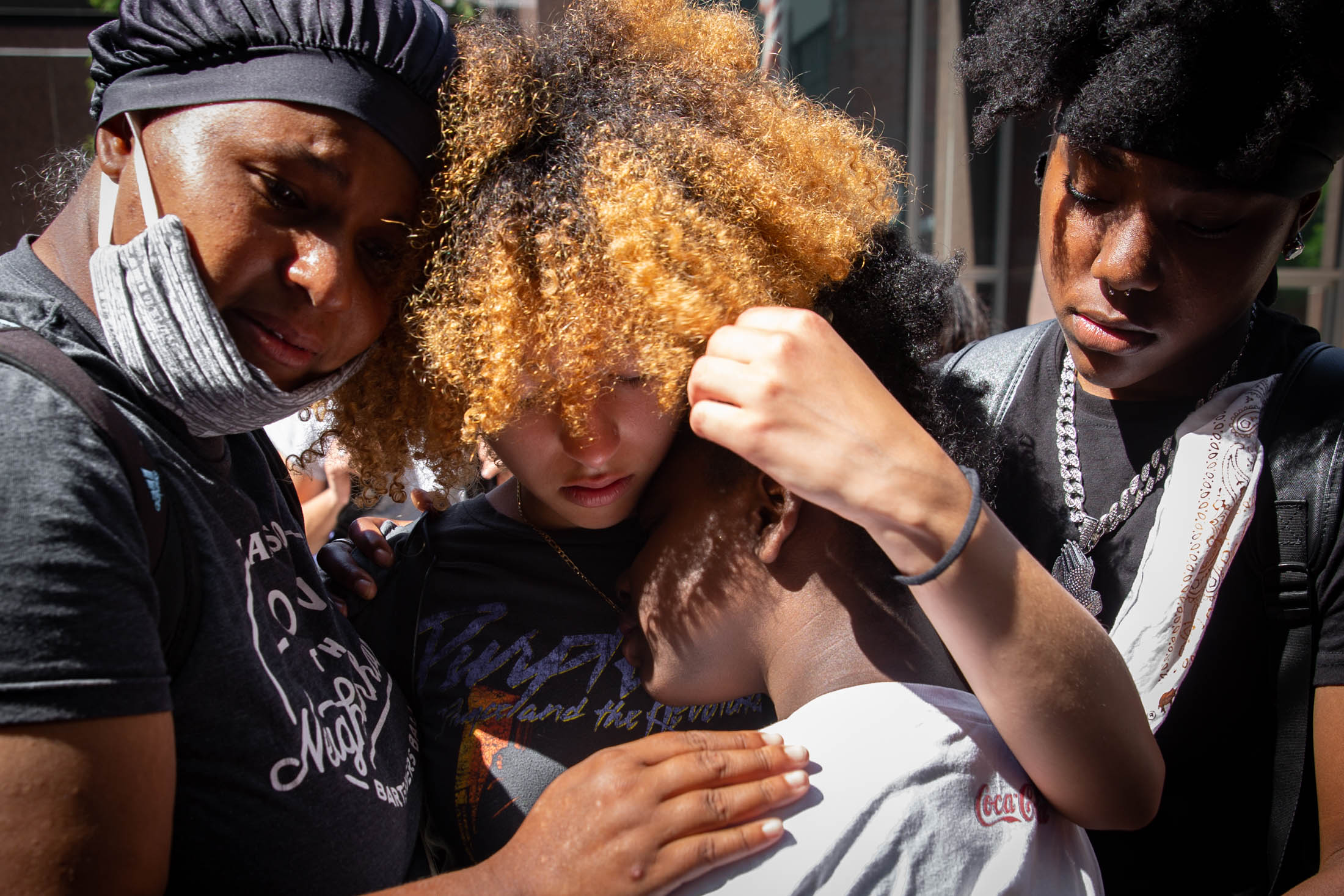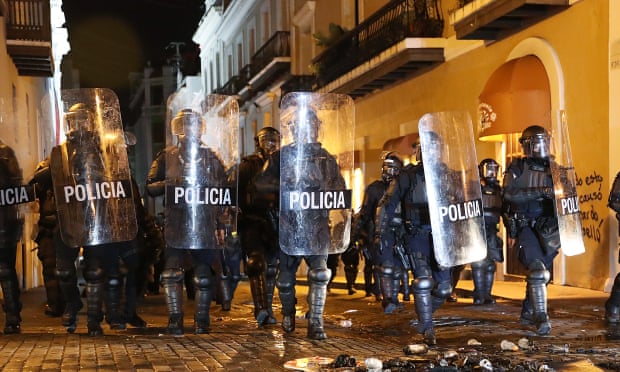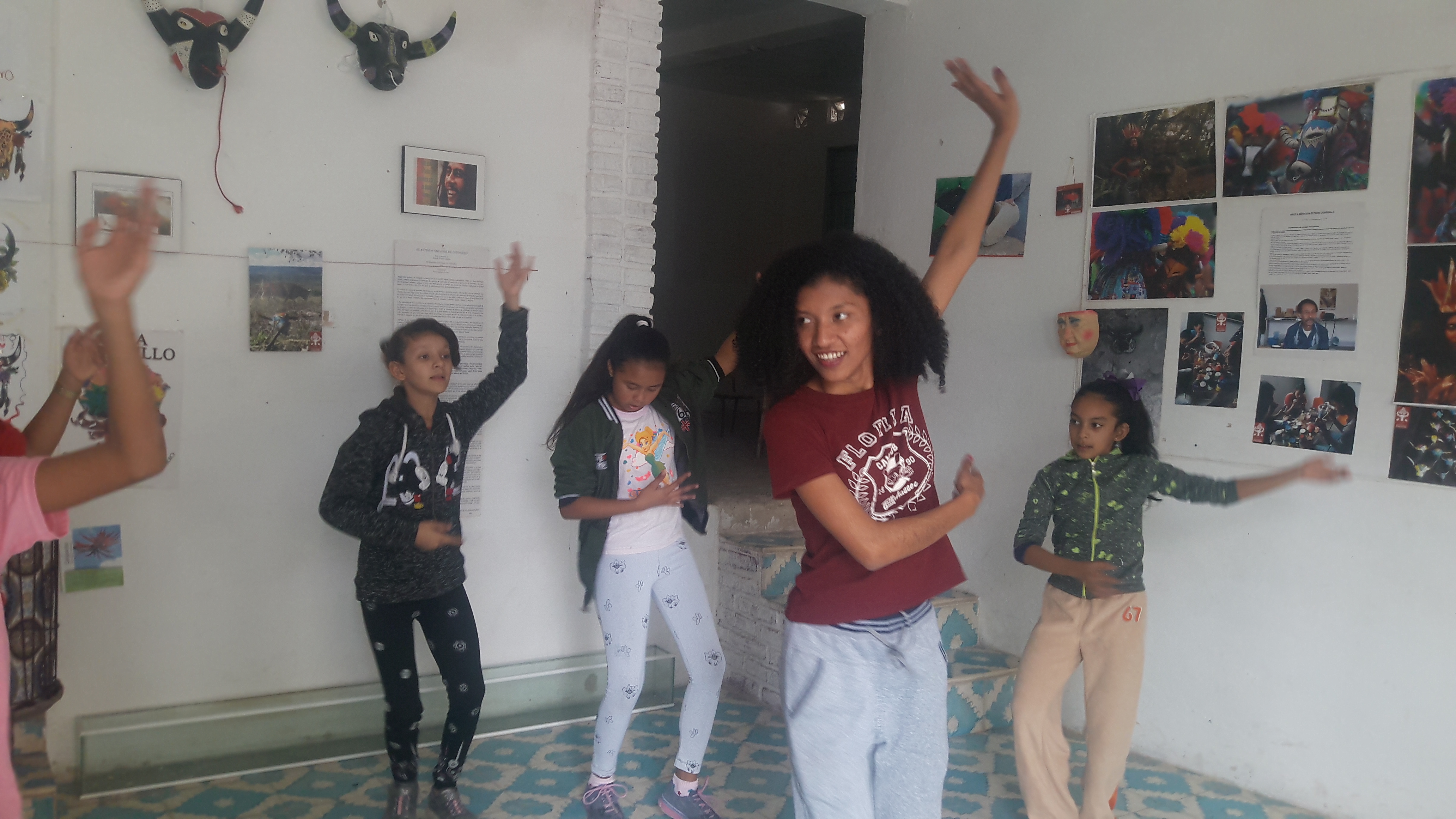This unit was created by Heather Ingram, a 9th grade English Language Arts teacher in Chicago, IL., as part of the spring 2021 Pulitzer Center Teacher Fellowship program on Journalism and Justice. It is designed for facilitation across approximately 12 90-minute live or virtual class periods.
For more units created by Pulitzer Center Teacher Fellows in this cohort, click here.
Unit Objectives
- Students will locate, consult, and cite information from reliable sources
- Students will interpret and analyze both literary and informational texts
- Students will identify the central idea and supporting details in non-fiction texts
- Students will analyze literature to identify the stated or implied theme
- Students will demonstrate the ability to analyze literary works, nonfiction, films, and media
Unit Overview
Solidarity is not a matter of altruism. Solidarity comes from the inability to tolerate the affront to our own integrity of passive or active collaboration in the oppression of others, and from the deep recognition of our most expansive self-interest. From the recognition that, like it or not, our liberation is bound up with that of every other being on the planet, and that politically, spiritually, in our heart of hearts we know anything else is unaffordable.
~Aurora Levins Morales (Puerto Rican & Jewish Writer)
History has given us remarkable examples of cross-cultural solidarity within the context of social justice movements. These working relationships are the legacy on which today’s age of activism stands. By examining this historical/contemporary phenomenon through a diverse range of texts and media, students will hone analytical, writing, and social-emotional skills with an eye toward their collective role as a conscientious, global citizenry.
Throughout the unit, students are guided by the following essential questions:
- How can a range of texts (informational/literary, historic/contemporary) serve as a vehicle and learning tool for social change?
- How can we harness media to share knowledge, specifically that which contributes to the greater global good?
- What is the history of cross-cultural solidarity, particularly in social justice movements? What are the current implications?
With these in mind, students will begin the unit with a definition of solidarity and a prompt-driven reflective paragraph. Along the way, we weave through cultural communities, examining and comparing the systemic issues that plague us all. Informational Texts (e.g., The Brown Beret Ten Point Program, Pulitzer Center resources) pair with images of oppression and resistance (e.g., Japanese Internment Camps, Standing Rock protests ), complemented by literary testimony (e.g., Affirmation by Assata Shakur, The Spoken Word of Elizabeth Acevedo).
Throughout the unit, students will compose creative writing, keep a dialectical journal, practice the pulling of textual evidence, and identify central ideas/themes. The final submission includes an expository essay and corresponding digital presentation that chronicles the history of solidarity in the United States starting in the 50’s and/or 60’s.
Performance Task
Students will compose an expository essay detailing the historical and socio-political commonalities between marginalized groups in the United States, particularly with regard to social justice movements
Students will create a digital presentation that details the historical and socio-political commonalities between marginalized groups in the United States, particularly with regard to social justice movements
Unit Plan
Complete 12-day unit plan, including warm-ups, texts and video resources, discussion questions, activities, a student work packet for each day of instruction, and performance tasks for the unit.
Performance Task
Students will compose an expository essay detailing the historical and socio-political commonalities between marginalized groups in the United States, particularly with regard to social justice movements.
Students will create a digital presentation that details the historical and socio-political commonalities between marginalized groups in the United States, particularly with regard to social justice movements
Assessment
The performance task is evaluated with a summative assessment rubric. Review the outline of the performance task with the attached rubric here.
Mistreatment towards a certain race has always been a problem and will most likely continue to be a problem.
There might not be a way in which we can stop it completely but we might be able to make it less likely to happen. How can we do this you may ask? BY UNITING! Uniting gives us a greater chance of causing a change even if it is small.
Quote from student performance task.
Samples of Student Work
Review the collection of student writing from Ms. Ingram’s students which includes both formative compositions and summative compositions. Formative compositions include a series of dialectic responses to texts explored in the unit. Summative compositions include one photo essay and a series of expository pieces.
Common Core
CCSS.ELA-LITERACY.RI.11-12.1
Cite strong and thorough textual evidence to support analysis of what the text says explicitly as well as inferences drawn from the text, including determining where the text leaves matters uncertain.
CCSS.ELA-LITERACY.RI.11-12.7
Integrate and evaluate multiple sources of information presented in different media or formats (e.g., visually, quantitatively) as well as in words in order to address a question or solve a problem.
CCSS.ELA-LITERACY.W.11-12.2
Write informative/explanatory texts to examine and convey complex ideas, concepts, and information clearly and accurately through the effective selection, organization, and analysis of content.
CCSS.ELA-LITERACY.W.11-12.6
Use technology, including the Internet, to produce, publish, and update individual or shared writing products in response to ongoing feedback, including new arguments or information.












